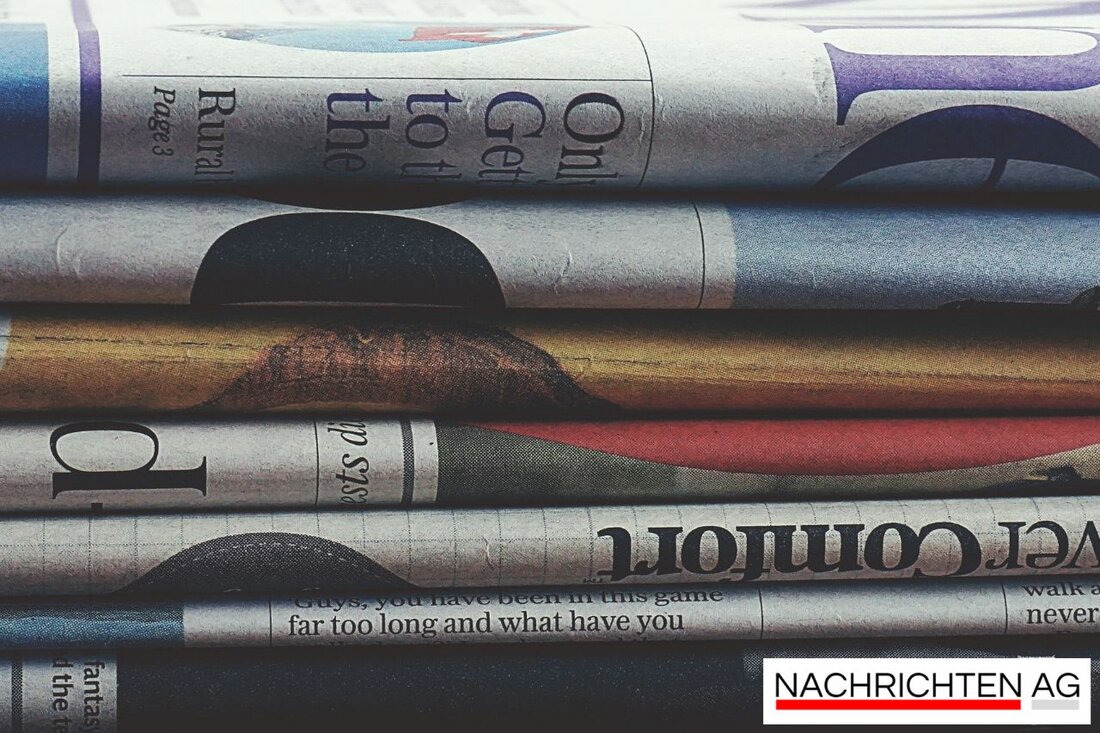Painter in Bremerhaven: Collective wages rise – more money from July!
Bremerhaven: New collective wages for painters and improvements for trainees from June 2025. Find out about the developments!

Painter in Bremerhaven: Collective wages rise – more money from July!
A breath of fresh air is blowing through the painting and varnishing workshops in Bremerhaven. From now on, employees can look forward to a new collective wage, which has been increased to 19.42 euros per hour. This increase applies retroactively from April 2025 and brings full-time employees around 90 euros more into their monthly budget. Around 220 painters and varnishers from 24 companies will benefit from this new wage, as the employment agency informs. From July 2025, the industry minimum wage for employees without a collective agreement will also be raised to 15.55 euros, which represents a further incentive to be bound by collective agreements, reports the *Nordsee-Zeitung*.
The discussions about wages were anything but a walk in the park. According to IG Bau, the last wage round was fiercely contested, the Ain or a struggle between employers and employees could be felt. But the new contract shows progress, even if it will still be some time before the next wage increase, which is planned for summer 2026. IG Bau confirmed the collective agreement, although they did not want to forget the tough negotiations.
Tariff framework conditions and developments
The collective wage agreement for 2024 has some improvements in store: At the beginning of the year, around 150,000 painters and varnishers in the old federal states received a wage increase of 5 percent. There will be a further increase of 2.6 percent next year. What is particularly noteworthy is that the trainees are not forgotten either. From August 2025 there will be an increase of 50 euros per month, which shows how important good training is in this industry. Training allowances are increasing throughout Germany - in the first year you receive 800 euros, in the second year 885 euros and in the third year even 1,050 euros, as the *Deutsche Handwerks Zeitung* reports.
The negotiations themselves were not easy. On March 7, 2025, arbitration in collective bargaining failed, leading IG Bau to abruptly end the talks. The employers had, among other things, made far-reaching concessions, which the union viewed as inadequate. IG Bau demanded a wage increase of 8 percent, which would result in an hourly rate of around 1.50 euros more. However, optimism spreads through the signals from employers that indicate a willingness to talk.*Handwerk* reports that the next talks will take place on January 29, 2025.
The role of the minimum wage
There is also relevant news regarding the minimum wage. The industry minimum wage was raised in April 2023 and will be the union standard in the future. From April 1, 2024, the new minimum wages for helpers will be raised to 13.00 euros and for skilled workers to 15.00 euros. These developments are crucial for the stability and attractiveness of the industry, while the union is strongly committed to the introduction of decent wages.
It will therefore be exciting in the near future to see how the collective bargaining landscape develops and whether the required wage increases will actually be implemented. Strengthening collective agreements remains a central concern in order to continue to create a good basis for employees in the painting and varnishing trade. The coming months will show whether the discussions and negotiations can bring fruitful results.

 Suche
Suche
 Mein Konto
Mein Konto